Smart Devices: Unveiling the Core of the Internet of Things (IoT)
In the dynamic landscape of technology, the term “smart device” has become omnipresent, encapsulating a diverse array of interconnected gadgets that play a pivotal role in the Internet of Things (IoT). This article aims to demystify the concept of smart devices, shedding light on their key features, functions, and their integral role in shaping our connected future.
1. What Is a Smart Device?
At its core, a smart device is an electronic gadget endowed with advanced capabilities that extend beyond traditional functions. Unlike conventional devices, smart devices boast features such as autonomy, context-awareness, and connectivity, making them integral components of the IoT ecosystem.
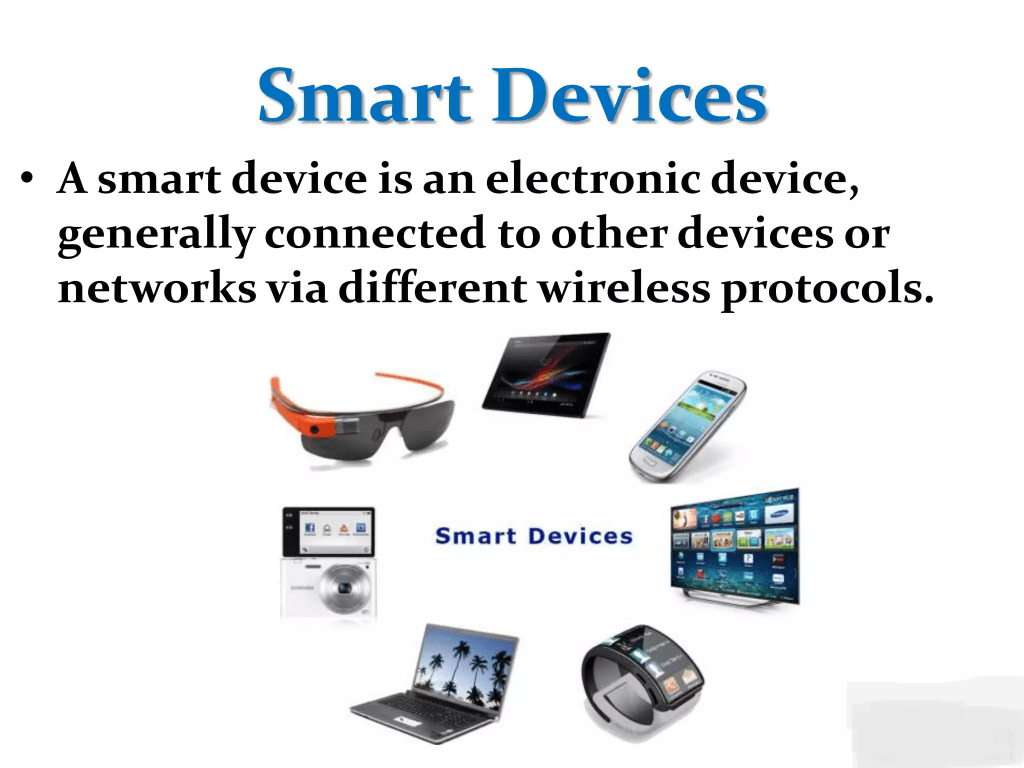
Smart Device Features
2. Smart Devices Have Context Awareness
One defining feature of smart devices is their context-awareness. These devices can perceive information from their surroundings through sensors like cameras, accelerometers, and GPS.
Definition of Context Awareness
Context awareness refers to a device’s ability to gather and utilize information about its environment to enhance its functionality.
Sources of Data for Context-Aware Computing
Smart devices utilize various sensors and data sources, such as cameras, microphones, and GPS, to understand and respond to their surroundings.

3. Smart Devices Have Autonomous Computing
Another key feature is the autonomy of smart devices. They can perform tasks independently without constant user intervention.
Key Aspect of Autonomous Computing
Autonomous computing involves smart devices carrying out tasks and processes without direct user commands, showcasing their ability to operate independently.
Examples of Autonomous Computing in Smartphones
Smartphones, for instance, can run multiple applications simultaneously, demonstrating their capacity for autonomous multitasking.
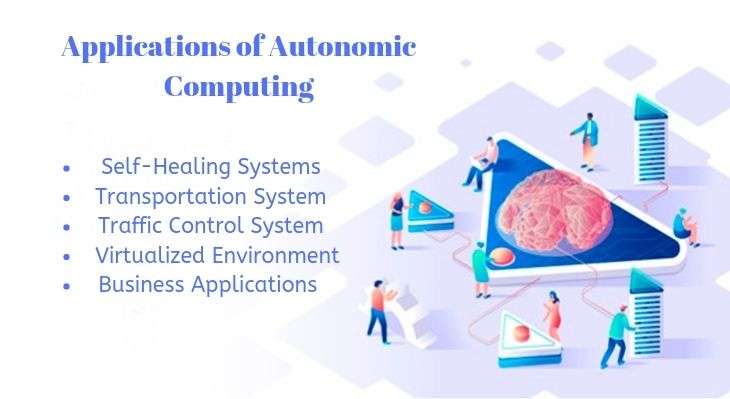
4. Smart Devices Have Connectivity
Connectivity stands as a defining feature of smart devices. These gadgets establish connections, either wired or wireless, enabling them to access the internet or exchange data with other devices.
Importance of Network Connectivity
Network connectivity is crucial for smart devices, facilitating internet access and enabling seamless communication with other devices.
Wired or Wireless Connectivity
Smart devices can connect to networks through both wired and wireless means, ensuring flexibility in various usage scenarios.
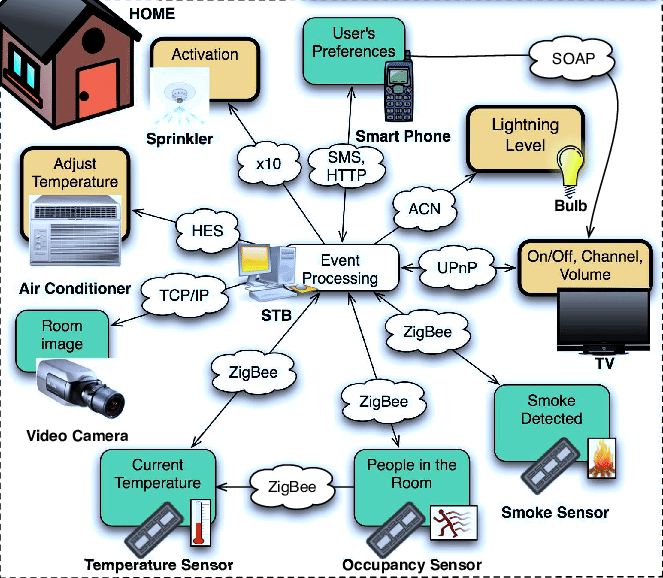
5. How Do Smart Devices Work?
Smart devices function by leveraging the capabilities of the Internet of Things (IoT), connecting and sharing data with other devices within the network.
IoT’s Role in Connecting Smart Devices
The IoT serves as the underlying framework that enables smart devices to communicate, collaborate, and share information with each other.
Data Gathering and Analysis by Smart Devices
Smart devices actively gather and analyze data from their environment, using this information to make informed decisions and provide valuable insights.

6. Do Smart Devices Need Humans?
While user-interaction is often associated with smart devices, it’s essential to distinguish between user-device and device-to-device interaction.
Interaction Possibilities of Smart Devices
Smart devices are designed not only to serve end-users but also to communicate and collaborate with other devices within the network.
Examples of Indirect Interaction
In the IoT, some devices might never interact directly with users but instead interact with other devices to enhance overall system efficiency.

7. Do Smart Devices Need to Be Portable?
While mobility is commonly associated with devices like smartphones and wearables, it’s not a universal feature for all smart devices.
The Three Rules for Smart Devices
Smart devices are defined by their context-awareness, autonomy, and connectivity, rather than a universal requirement for mobility.
Example: Smart Surveillance Camera
A smart surveillance camera, though stationary, can exhibit all key features—context awareness, autonomy, and connectivity.

8. Types of Smart Devices
Wearable Smart Devices
These include smartwatches, fitness trackers, and health monitoring devices worn on the body, providing real-time data and enhancing user convenience.
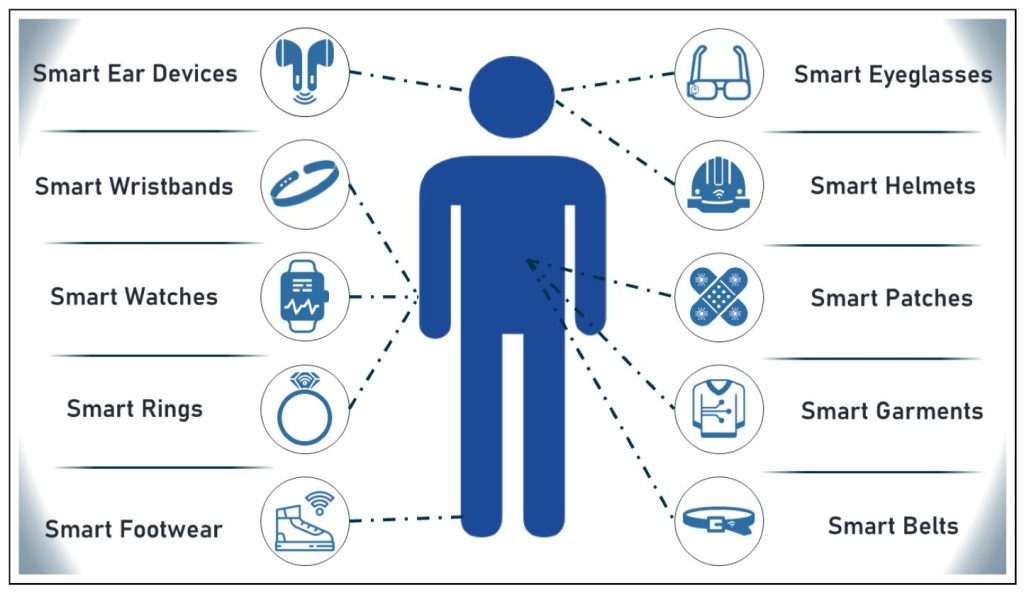
Smart Home Devices
Examples like smart thermostats, lighting systems, and security cameras contribute to creating intelligent and automated home environments.
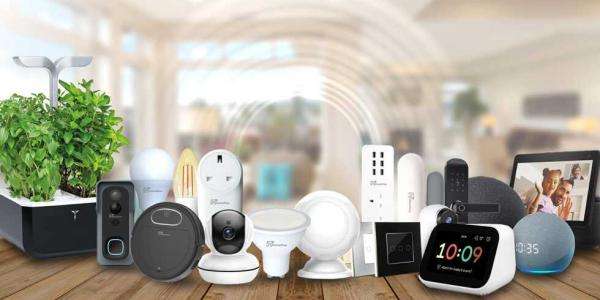
Smartphones and Tablets
Among the most ubiquitous smart devices, these pocket-sized powerhouses showcase high-level autonomy and connectivity.

Connected Vehicles
Automobiles embedded with IoT capabilities, offering features like GPS navigation, autonomous driving, and in-car entertainment systems.

Smart Appliances
Home appliances like refrigerators, washing machines, and ovens equipped with connectivity and automation features.
9. Benefits of Smart Devices
Smart devices bring a plethora of benefits across various sectors, contributing to advancements in energy efficiency, worker productivity, health monitoring, and security measures.
Energy Savings
Smart home appliances, for instance, contribute to energy savings by optimizing usage based on contextual data.
Worker Productivity
In industrial settings, smart devices enhance worker productivity through automation and real-time data analysis.
Health Monitoring
Wearable devices provide valuable health monitoring capabilities, allowing users to track and manage their well-being.
Security Measures
Smart surveillance systems offer advanced security measures, utilizing context-awareness and connectivity for efficient monitoring.
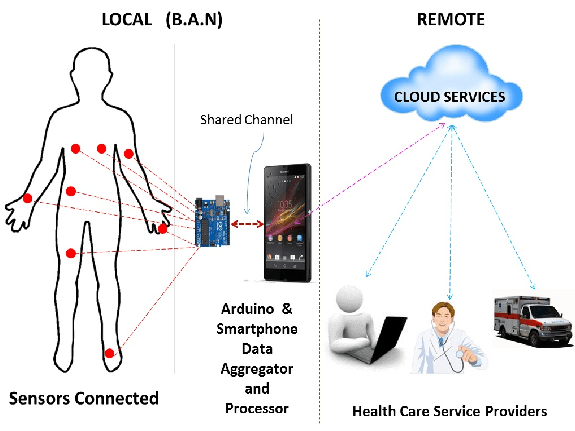
10. Drawbacks of Smart Devices
While the benefits are significant, it’s crucial to acknowledge the drawbacks associated with smart devices, including additional costs, cyber threats, compatibility issues, and reliance on the internet.
Additional Costs
Implementing smart devices often involves initial setup costs and potential recurring expenses.
Cyber Threats
The interconnected nature of smart devices exposes them to cyber threats, necessitating robust security measures.
Compatibility Issues
Ensuring compatibility among diverse smart devices can be challenging, requiring standardized protocols.
Reliant on the Internet
The seamless functioning of smart devices often relies on a stable internet connection, posing challenges in areas with limited connectivity.
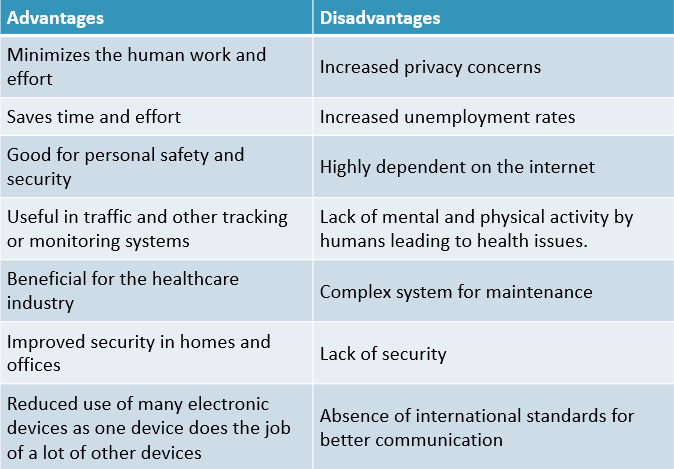
11. Frequently Asked Questions
What is a smart device?
A smart device is an electronic gadget with advanced capabilities, featuring autonomy, context-awareness, and connectivity, often part of the Internet of Things.
What is an example of a smart device?
Examples include smartphones, wearables, smart home appliances, connected vehicles, and more.
What is the difference between a smart device and a connected device?
While connected devices establish links, smart devices go beyond by exhibiting autonomy and context-awareness, actively interacting with their environment.
Conclusion:
In summary, a comprehensive definition emerges: “A smart device is a context-aware electronic device capable of performing autonomous computing and connecting to other devices wire or wirelessly for data exchange.” This definition encapsulates the core features that distinguish smart devices in the realm of the IoT.
The Significance of Smart Devices in the IoT:
Smart devices form the backbone of the IoT, driving connectivity and intelligent decision-making across various sectors. Whether it’s in transportation, healthcare, manufacturing, or smart cities, these devices contribute to the creation of a seamlessly interconnected network.
Conclusion:
As technology continues to advance, smart devices will undoubtedly play an increasingly crucial role in shaping our digitally connected world. Understanding their key features, various types, and their place within the broader IoT framework is essential for navigating the
complexities of the modern technological landscape.

